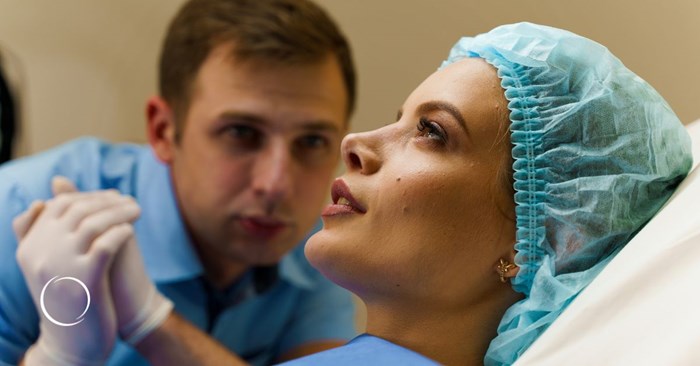What is "preservation rhinoplasty" and is it right for you?

If you're considering a nose job, you may have heard of a buzz term called "preservation rhinoplasty" and wonder if it's right for you. This technique has recently gained attention for its promise of delivering natural-looking results while maintaining much of your nose's original structure, with less recovery time than regular rhinoplasty.
The preservation rhinoplasty technique involves removing as little of the nose's bone and cartilage as possible, preserving much of its anatomy and subtly modifying its shape.
We spoke with ASPS Member Surgeons Adam Schaffner, MD, FACS, and Jeffrey Roth, MD, FACS, about their take on this well-established technique that's trending anew.
Renewed interest in an established technique
Preservation rhinoplasty is not new. According to Dr. Roth, it was first described in the early 1900s and popularized in the 1950s.
"It is gaining popularity again," said Dr. Roth. "We'll see if this choice of technique continues to grow and become a popular option. The important point is to best match a particular technique to the patient."
Dr. Schaffner echoed that sentiment.
"I'm a fan of preservation rhinoplasty to the extent that it's appropriate for a given patient," said Dr. Schaffner.
While preservation rhinoplasty can offer more natural results, it may not achieve the dramatic changes some patients want. Traditional rhinoplasty may provide more satisfying results if you have a significant nasal hump or require extensive reshaping.
"I think the principles or concept of preservation rhinoplasty can be utilized in all rhinoplasty," said Dr. Schaffner. "It's just that how much of the original structure can be preserved will be individualized on a per-case basis."
Most people desire a natural look
Perhaps preservation rhinoplasty is trending because most people want a nose job that looks natural.
"A lot of times when they're asking for preservation rhinoplasty what they're saying is, 'I don't want to look like a freak. I don't want to look abnormal,'" said Dr. Schaffner. "The drive to look normal after a nose job gets to the core of the popularity of the term 'preservation rhinoplasty.'"
Most people don't want overly aggressive surgical techniques that leave their noses too pinched or scooped out. They also desire normal nasal airways, not those that are too narrow or that collapse.
You should know that getting a natural-looking nose job is possible without using the preservation rhinoplasty technique. This is where it's essential to choose your surgeon wisely, paying particular attention to before and after pictures that showcase their aesthetic.
Let the surgeon choose the technique
Preservation rhinoplasty is not appropriate for everyone, and in many cases, a traditional rhinoplasty is the better choice.
Dr. Schaffner said the most important thing is to identify what you want to achieve with rhinoplasty and communicate this to your plastic surgeon during the consultation.
"Let the surgeon use his or her knowledge, training, skill, judgment and expertise to determine the pros and cons and appropriateness – or lack thereof – of certain techniques versus others," said Dr. Schaffner.
An open and thorough discussion of the desired outcome and techniques needed to achieve it will help you and your surgeon formulate a treatment plan you agree with, and the surgeon feels comfortable performing. This plan might not include preservation rhinoplasty, especially if your nose bridge is wide or irregular.
Choose a qualified plastic surgeon
To find out if preservation rhinoplasty is right for you, consult a board-certified plastic surgeon who is a member of the ASPS. Make sure to choose a plastic surgeon who specializes in rhinoplasty. Look at before and after photos. Talk to patients on whom the doctor has operated and read online reviews.
Following these steps will help ensure you get the best possible surgical outcome and the nose of your dreams.
To find a qualified plastic surgeon for any cosmetic or reconstructive procedure, consult a member of the American Society of Plastic Surgeons. All ASPS members are board certified by the American Board of Plastic Surgery, have completed an accredited plastic surgery training program, practice in accredited facilities and follow strict standards of safety and ethics. Find an ASPS member in your area.
